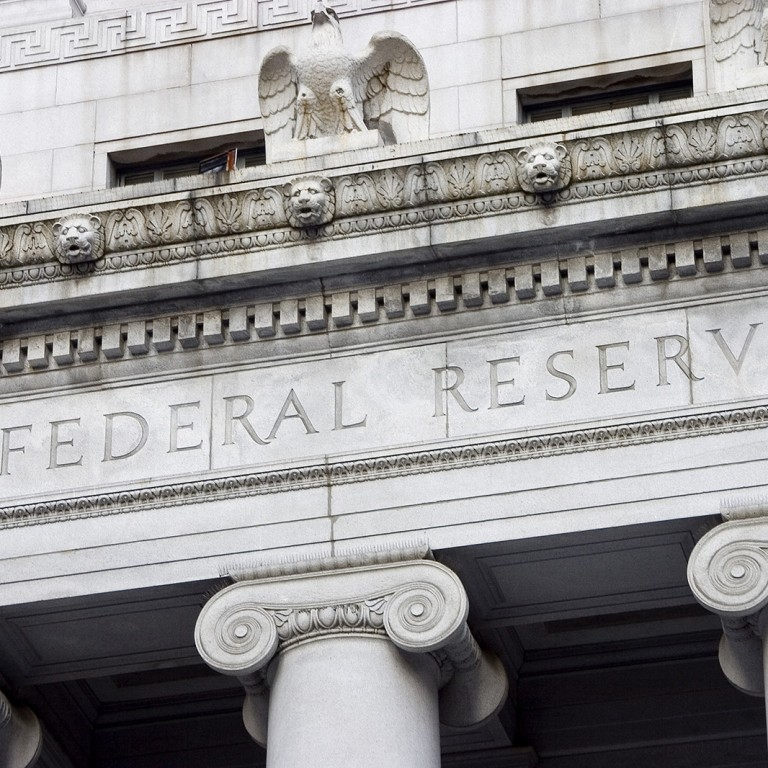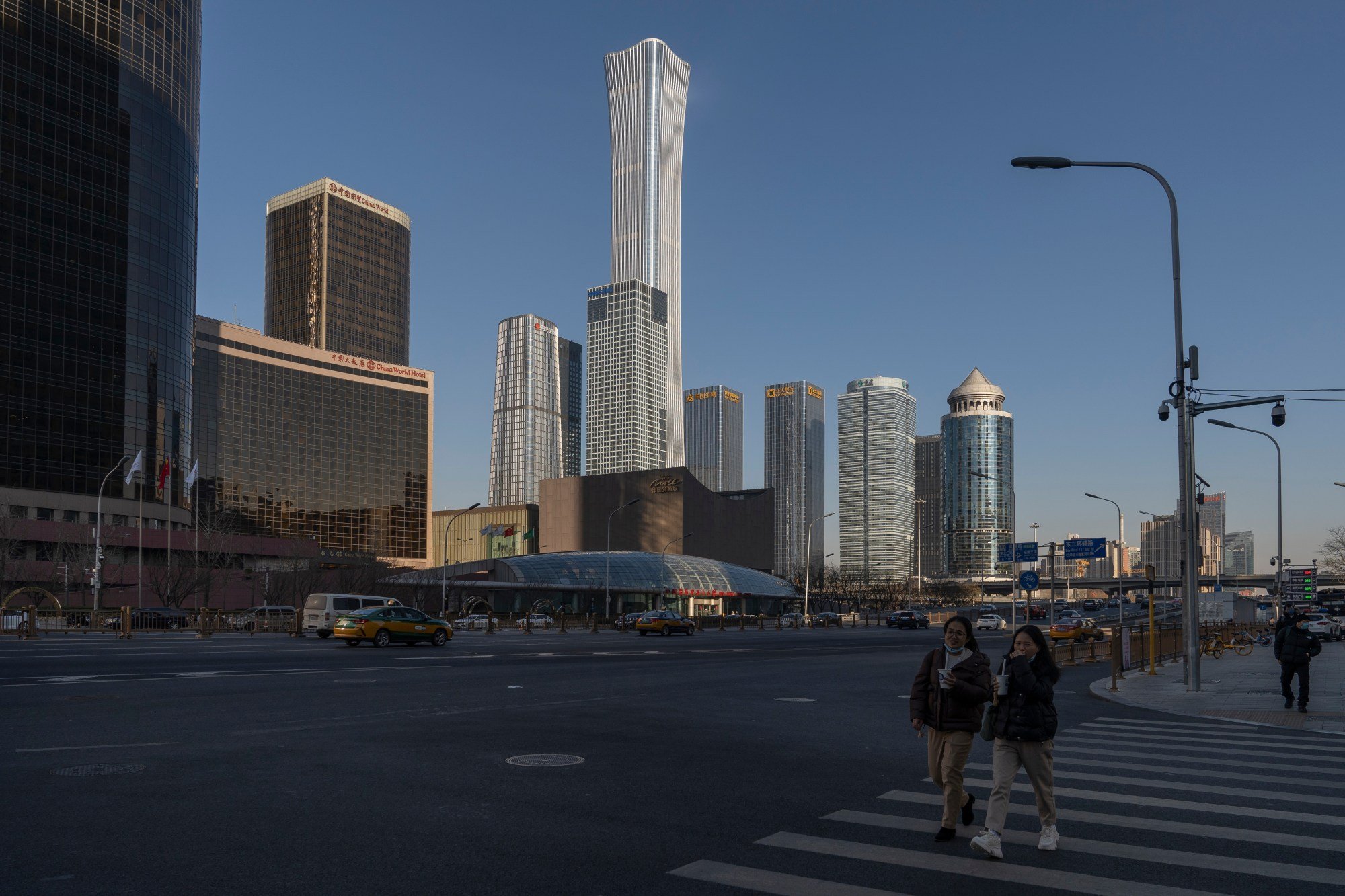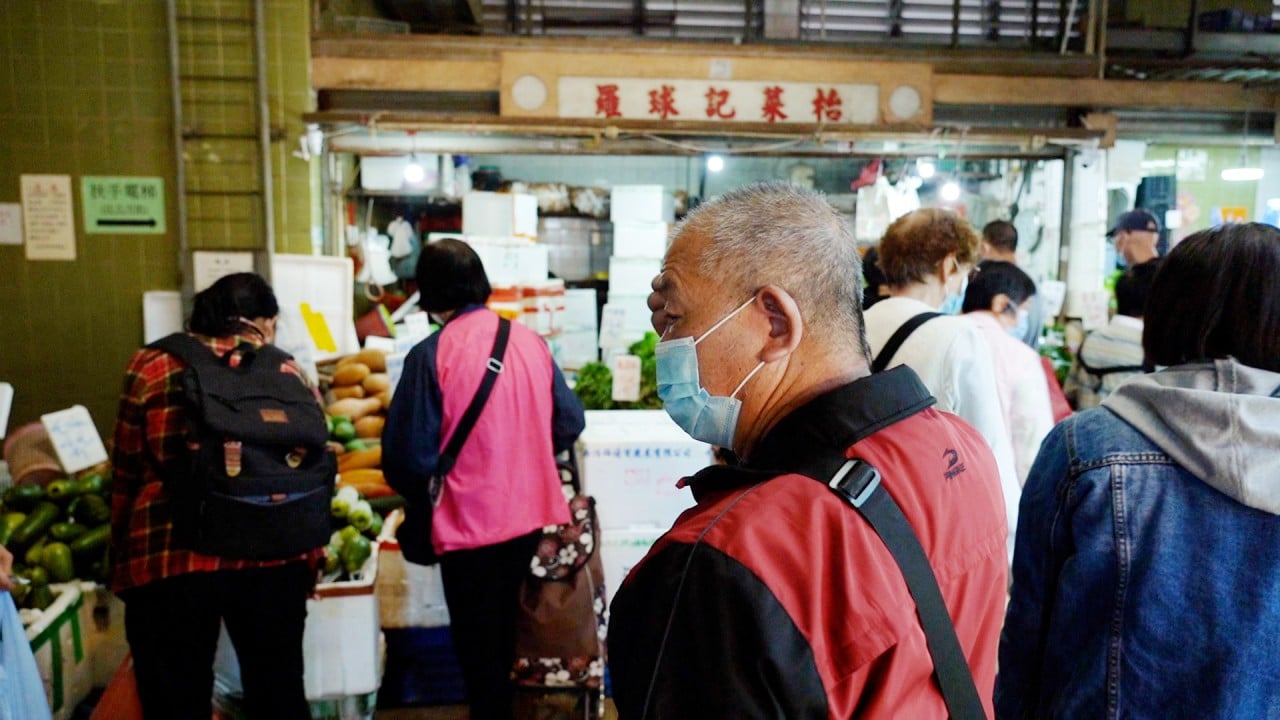
What rising global inflation and interest rates mean for the bond market
- The prospect of increased interest rates to combat rising global inflation may have caused a jump in short-term bond yields, but the medium-term outlook is more bleak
- The reality is that yields have been below inflation for some time and that is not likely to change soon
The fear is that this will impede economic activity; spending, manufacturing and distribution are all likely to be affected by further attempts to prevent another wave of infections. As the immediate outlook becomes more uncertain, central banks will find it difficult to outline a path to the next stage of global economic recovery.
The 6.8 per cent year-on-year increase last month in US consumer prices was the biggest jump since the early 1980s and, while that number might mark the peak of inflation for this cycle, the first half of next year will be a make-or-break period for the US Federal Reserve.
Even on the most optimistic of assumptions, inflation will remain elevated in the first half of 2022 (between 4 and 5 per cent, according to Bloomberg consensus forecasts) and the risk is that these higher levels will get baked into ongoing wage and price behaviour. Inflation has risen everywhere and any further Covid-19 related disruptions to supply chains underwrite the upside risks.
Markets are pricing in three interest rate increases from the Fed in 2022. That would take the federal funds policy rate to at least 0.75 per cent – still low by historical standards but a clear break from the very accommodative rates we have had since the beginning of 2020.
At this stage, it would be prudent to expect US dollar interest rates to keep rising over the next couple of years until the federal funds rate reaches somewhere between 2 and 3 per cent.

Yet Omicron is a threat to that outlook and, of course, if economic growth is seriously threatened by successive waves of the virus, the remedy is certainly not higher interest rates. This is the dilemma that is reflected in current pricing in global bond markets.
Short-term bond yields have risen to reflect the risk of monetary tightening, yet longer-term bond yields remain well within the ranges that have been in place in 2021.
Higher inflation is not expected to persist indefinitely, and bond yields reflect a return to something close to central bank targets on a three-to-five-year horizon. At the same time, the real level of bond yields is very low – at minus 1 per cent in the US and minus 2 per cent in Germany.
US Federal Reserve must raise interest rates before it is too late
My view is that nominal bond yields – represented by the US 10-year benchmark Treasury yield – have limited capacity to rise significantly in the short to medium term. Real yields have only risen modestly in past Federal Reserve tightening cycles.
Yes, inflation does demand higher bond yields. However, yields have been below inflation for some time and that relationship is likely to persist. Over the coming cycle I would expect 10-year US yields to increase to no more than 2.5 per cent.
This leaves investors in bond markets with an outlook of flat total returns from fixed income. Some positive returns may be seen in the credit markets with both investment grade and high yield sectors potentially providing modestly positive total returns.

At this stage there remains few alternatives to equity markets to get decent investment returns. Of course, much depends on the virus and the short-term hit to economic growth. Equities also need to factor in higher rates so there is a valuation adjustment risk.
However, the key driver of returns is earnings and – globally – the earnings cycle will remain strong. I would expect at least 5-10 per cent return from global equities with stronger relative performance from Europe compared to the US. In Asia, there is upside too, driven by China where 2021 equity performance has lagged.
Chris Iggo is the chief investment officer for core investments with AXA Investment Managers


